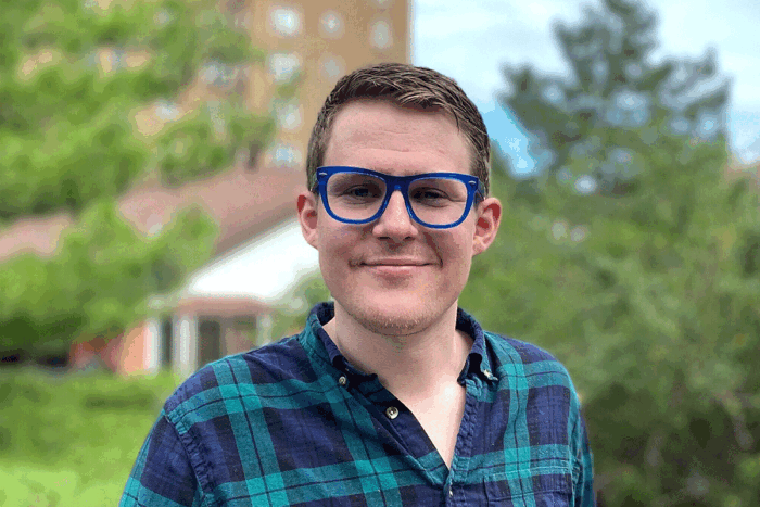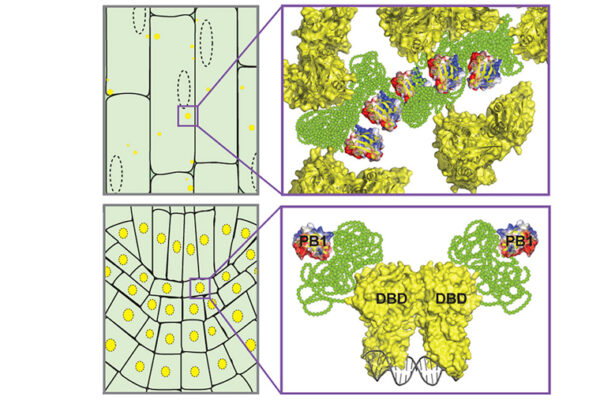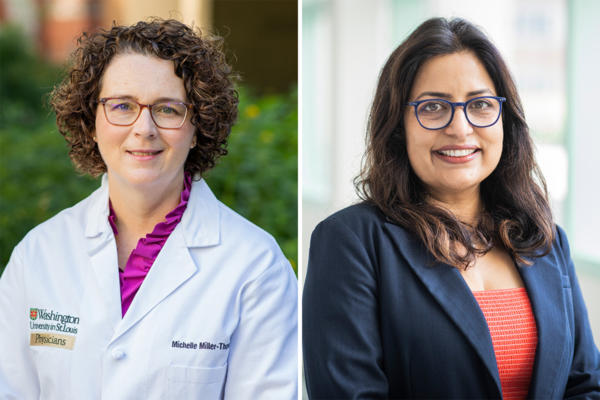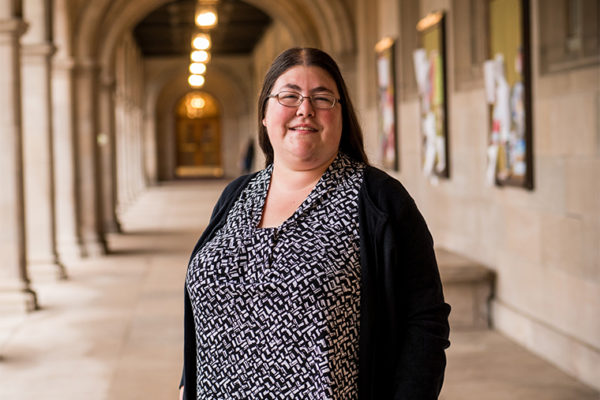Alex Holehouse, an assistant professor of biochemistry and molecular biophysics at Washington University School of Medicine in St. Louis, will receive the New Innovator Award from the National Institutes of Health (NIH).
Holehouse is being recognized by the NIH for his work on intrinsically disordered protein regions — protein domains that play key roles in the normal function of many types of cells but that are especially challenging to study because they do not have a fixed shape.
The award funds early-stage investigators who are within 10 years of completing their final research degrees. The award is part of the NIH’s High-Risk, High-Reward Research Program, which emphasizes unconventional and impactful research focused on major challenges in the biomedical and behavioral sciences. The program is supported by the NIH Common Fund, and Holehouse is one of 58 investigators who will receive a New Innovator Award this year.
Providing $1.5 million in direct costs over five years, the New Innovator Award will support Holehouse’s continued work on decoding the chemistry and physics of intrinsically disordered protein regions. Dysregulation of disordered regions has been implicated in many different diseases, yet how exactly this happens is often unclear. A better understanding of what they do and how they work could lead to new types of therapies.
The human body is full of proteins that carry out various functions. Many of these proteins have a defined 3D shape and work in a way that depends on that shape. In contrast, intrinsically disordered protein regions lack a fixed shape and are extremely variable in their functions. Despite not having a defined 3D structure, they are essential for biological activity, though their variable shapes make them difficult to study.
“Intrinsically disordered protein regions are widespread and do many important things, including determining how different genes in our body are turned off and on, yet our understanding of how they work is still limited,” Holehouse said. “If we can understand how disordered regions alter gene expression patterns, we will be better equipped to predict how mutations in these regions may drive human disease and ultimately develop new ways to treat those diseases, especially cancer.”
Holehouse earned his undergraduate and master’s degrees in biochemistry at the University of Oxford in 2010. He then completed a second master’s, in computer science, at Imperial College London a year later. In 2017, he completed his doctoral degree in computational biophysics at Washington University in St. Louis with Rohit V. Pappu, the Gene K. Beare Distinguished Professor at the McKelvey School of Engineering. He subsequently became a postdoctoral researcher in the Department of Biomedical Engineering at McKelvey Engineering until 2019 and joined the faculty as an assistant professor in the Department of Biochemistry and Molecular Biophysics at the School of Medicine in 2020.
His work also is supported by NIH grants, the National Science Foundation (NSF), the Human Frontiers Science Program (HFSP) and the Longer Life Foundation.
About Washington University School of Medicine
WashU Medicine is a global leader in academic medicine, including biomedical research, patient care and educational programs with 2,800 faculty. Its National Institutes of Health (NIH) research funding portfolio is the third largest among U.S. medical schools, has grown 52% in the last six years, and, together with institutional investment, WashU Medicine commits well over $1 billion annually to basic and clinical research innovation and training. Its faculty practice is consistently within the top five in the country, with more than 1,800 faculty physicians practicing at 65 locations and who are also the medical staffs of Barnes-Jewish and St. Louis Children’s hospitals of BJC HealthCare. WashU Medicine has a storied history in MD/PhD training, recently dedicated $100 million to scholarships and curriculum renewal for its medical students, and is home to top-notch training programs in every medical subspecialty as well as physical therapy, occupational therapy, and audiology and communications sciences.



